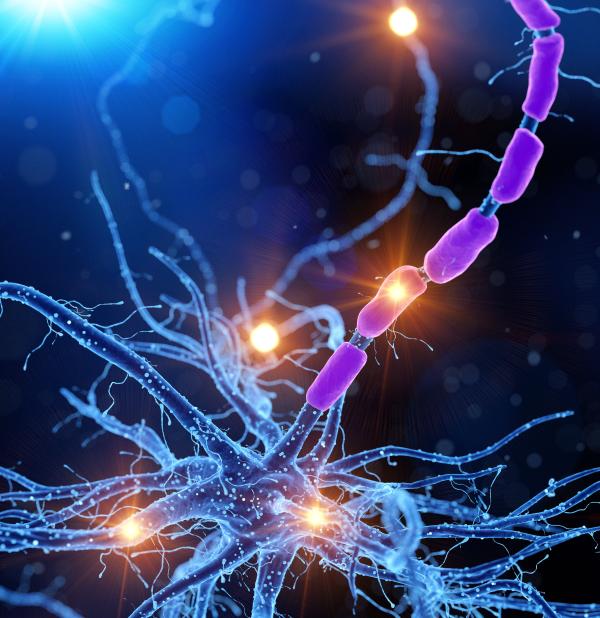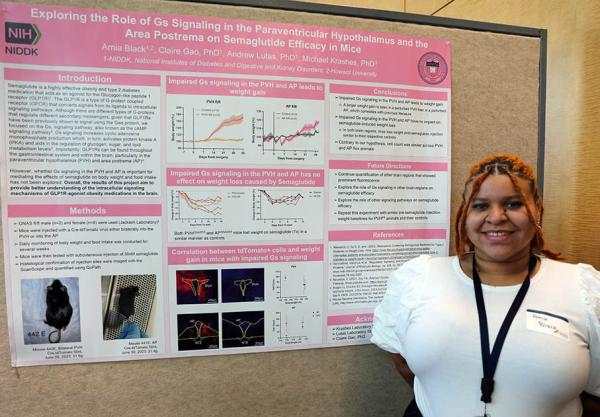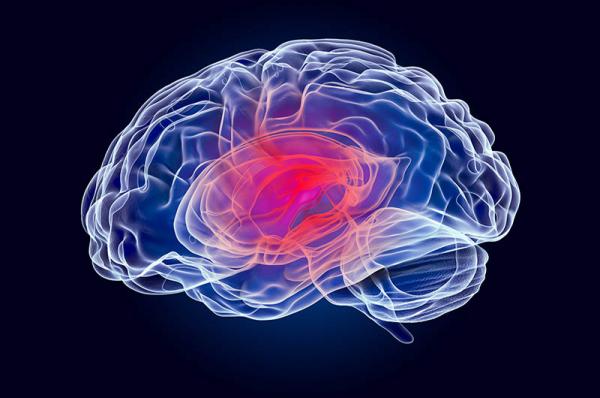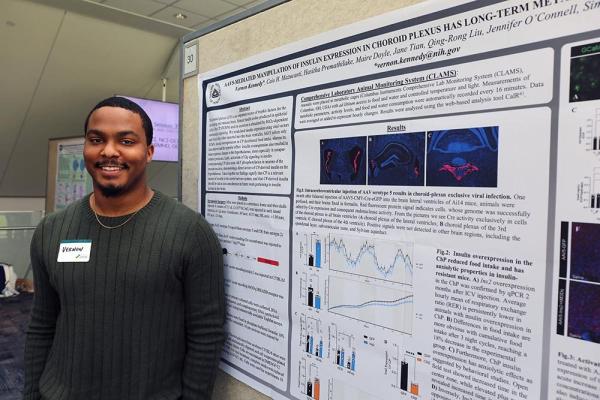Gene Therapy Protects Neurons From Alzheimer’s Disease
New Approach Preserves Cognitive Abilities in Pre-Symptomatic Mice
Cooks preparing traditional holiday feasts will surely find that a fire extinguisher can effectively quench an oven inferno, but it would probably be better if the oven never caught fire in the first place. Similarly, Alzheimer’s researchers have focused much more on putting out the biological fires scorching patients’ brains than on making brain cells ‘fireproof.’ A new IRP study in mice, however, suggests better results might be achieved with an approach specifically designed to make patients’ neurons more resilient.










